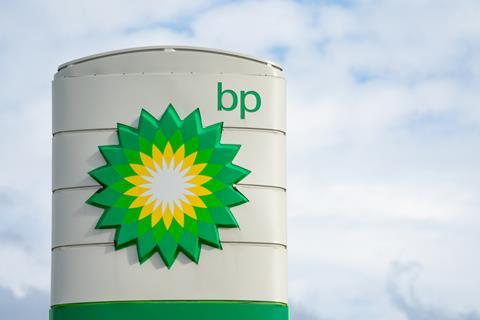BP CEO Bernard Looney is counting on hydrogen to power future low-carbon enterprises, as major economies invest in developing the fuel.
As orginally reported by Reuters (London),low-carbon hydrogen is currently widely used, and it is predicted to play an important role in reducing greenhouse gas emissions from heavy industries and some forms of transportation. However, it is costly to generate and frequently requires government assistance to compete with fossil fuels.

According to Tomeka McLeod, BP’s newly hired head of hydrogen in the United States, BP has been fast to react and is in the early phases of developing a huge, low-carbon hydrogen hub around its Whiting, Indiana refinery.
Looney came office nearly three years ago, promising to reform BP and reduce carbon emissions by lowering oil and gas output and increasing renewables. According to BP, hydrogen will play a prominent role alongside offshore wind.
BP has restructured its organisation to create a specialised hydrogen section directed by Felipe Arbelaez, which employs 150 people. It has invested in significant hydrogen projects in Australia, Europe, and the United Kingdom. The corporation is also investigating the possibility of creating green hydrogen in Oman and is looking
In 2022 BP stated today that it has agreed to purchase Archaea Energy Inc, a major producer of biomethane in the United States, in a move that would extend and accelerate the expansion of its strategic bioenergy business.
According to business insiders, Looney and BP’s head of renewables, Anja-Isabel Dotzenrath, will disclose a clean hydrogen production target for the first time in February, aiming to grab a 10% share of hydrogen in “core markets” by 2030.
“Hydrogen will be a big focus and it is moving much faster than we ever thought it would,” Chief Financial Officer Murray Auchincloss told Reuters.
The majority of hydrogen is now utilised in the oil refining and fertiliser industries, and it is often produced by heating natural gas, a highly polluting process known as grey hydrogen. However, if the harmful emissions are collected, grey hydrogen becomes “blue hydrogen.” There is also “green hydrogen,” which is created by splitting water using renewable energy electrolysis.
It also intends to increase its renewable energy generating capacity to 50 gigatonnes by 2030, which will be utilised to power electrolyzers in part.


















